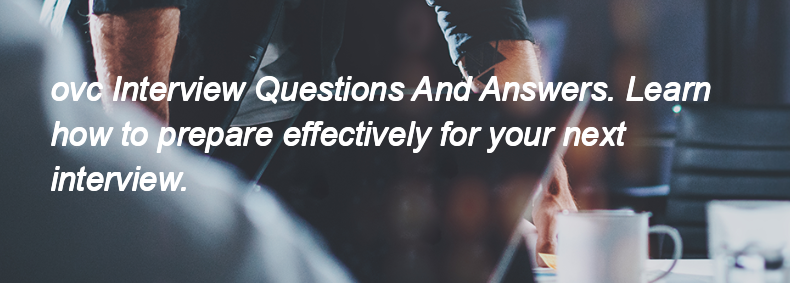Ques:- Can you describe a time when you had to adjust your communication style to work effectively with a colleague or client
Asked In :-
Hidden Brains InfoTech, WSNE Consulting, AnAr Solutions, Rock Solid Solutions, Creative Hands HR Consultancy, Solitaire Infosys, Cloud Kinetics Technology Solutions, SmartData Enterprises, Xiaomi Technology India, Noesys Consulting,
Right Answer:
In my previous job, I worked with a colleague who preferred detailed written communication over verbal discussions. To adapt, I started sending more comprehensive emails and reports, ensuring I included all necessary information. This change helped us collaborate more effectively and improved our project outcomes.
In my previous job, I worked with a colleague who preferred detailed written communication over verbal discussions. To adapt, I started sending more comprehensive emails and reports, ensuring I included all necessary information. This change helped us collaborate more effectively and improved our project outcomes.

